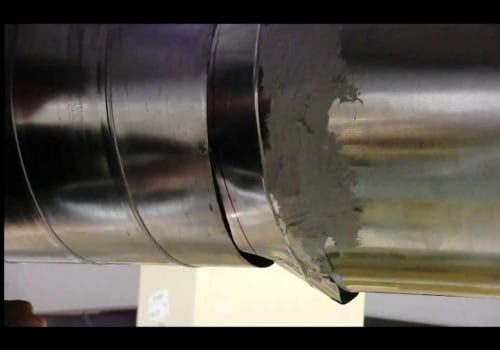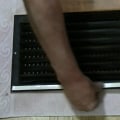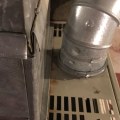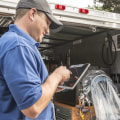When it comes to air duct leak testing, there are two main types: LTO and TDL.
HVAC duct testing
is used to detect any leaks in the ducts. There are two types of tests that can be done: duct pressure or leak (DP) tests and outdoor leak pressurization (LTO) tests. In larger buildings with multiple air conditioning systems or duct networks, each system must be tested separately.Sealing ducts outside the thermal envelope or connected to the outside is the best way to improve energy conservation. The National Association of Sheet Metal and Air Conditioning Contractors (SMACNA) has developed standards for testing commercial and industrial ducts. Ducts outside the building envelope, such as those in an unconditioned attic or mezzanine, must be pressurized to prevent dust and other contaminants from entering. Washington State University Energy Extension Program (Duct Test Standard (RS-3)) is used for new or existing buildings.
Duct leaks
can be a major source of energy loss, comfort problems, and moisture issues, especially when the ducts cross unconditioned spaces like a ventilated attic or mezzanine.Some builders prefer to wait until the last inspection of the ducts before sealing them since other trades may move them in the meantime. Duct leak testers are used in single-family, multi-family, and commercial residential buildings with forced air supply systems for heating and cooling. This method does not quantify duct leaks, but it does help identify any leaks that lead to the outside. If any leaks are found, a tester or HERS manufacturer can perform an additional optional test with a duct blaster before installing drywall or using a fume machine to detect air leaks and seal them. In some cases, builders prefer to check for leaks in the ducts from the drain when they are easier to access in case additional air sealing is necessary.
In these cases, the evaluator will visually verify that all joints and connections are sealed with putty or metal tape and that all duct covers are sealed to the floor, wall, or ceiling with putty, foam, or adhesive tape. (Note 40) For a duct system with three or more returns, the total duct leak measured by the evaluator is allowed to be equal to or greater than ≤ 6 CFM25 per 100 m2. When it comes to energy conservation and comfort problems, it's important to make sure that all ducts are properly sealed. If a house has two ovens, each system must be tested and compared to the square meters that the system conditions. The evaluator must also visually inspect from the starting point that all ducts are completely isolated (up to R-8 for supply ducts and up to R-6 for return ducts and other ducts) along their entire length including all connections.
The insulation should not be compressed by tight belts, structural elements, or excessive bending. The ENERGY STAR version 3 Rev. 11 air leak criteria specify that air leakage in the ducts must be ≤ 4 CFM25 per 100 ft2 of conditioned surface or ≤ 40 CFM25, whichever is greater, raw; ≤ 8 CFM25 per 100 ft2 of conditioned surface; or ≤ 80 CFM25, whichever is greater at the end.







